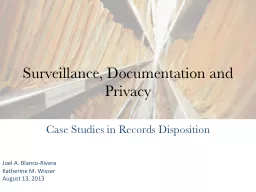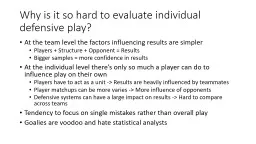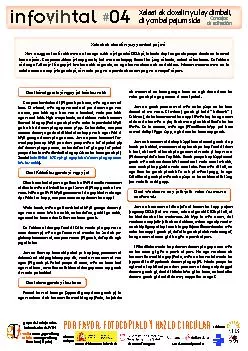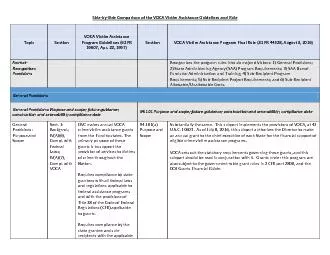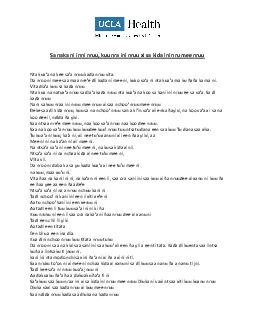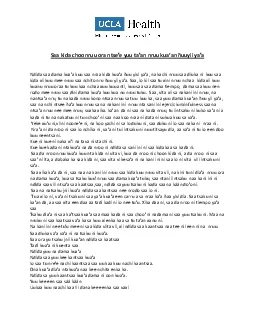PPT-Big Ten SAA Stipends
Author : test | Published Date : 2015-09-21
Project Goals Question Are IU graduate students in particular AIs and GAs paid less in comparison to peers at other Big Ten institutions A comparative study of
Presentation Embed Code
Download Presentation
Download Presentation The PPT/PDF document "Big Ten SAA Stipends" is the property of its rightful owner. Permission is granted to download and print the materials on this website for personal, non-commercial use only, and to display it on your personal computer provided you do not modify the materials and that you retain all copyright notices contained in the materials. By downloading content from our website, you accept the terms of this agreement.
Big Ten SAA Stipends: Transcript
Download Rules Of Document
"Big Ten SAA Stipends"The content belongs to its owner. You may download and print it for personal use, without modification, and keep all copyright notices. By downloading, you agree to these terms.
Related Documents



